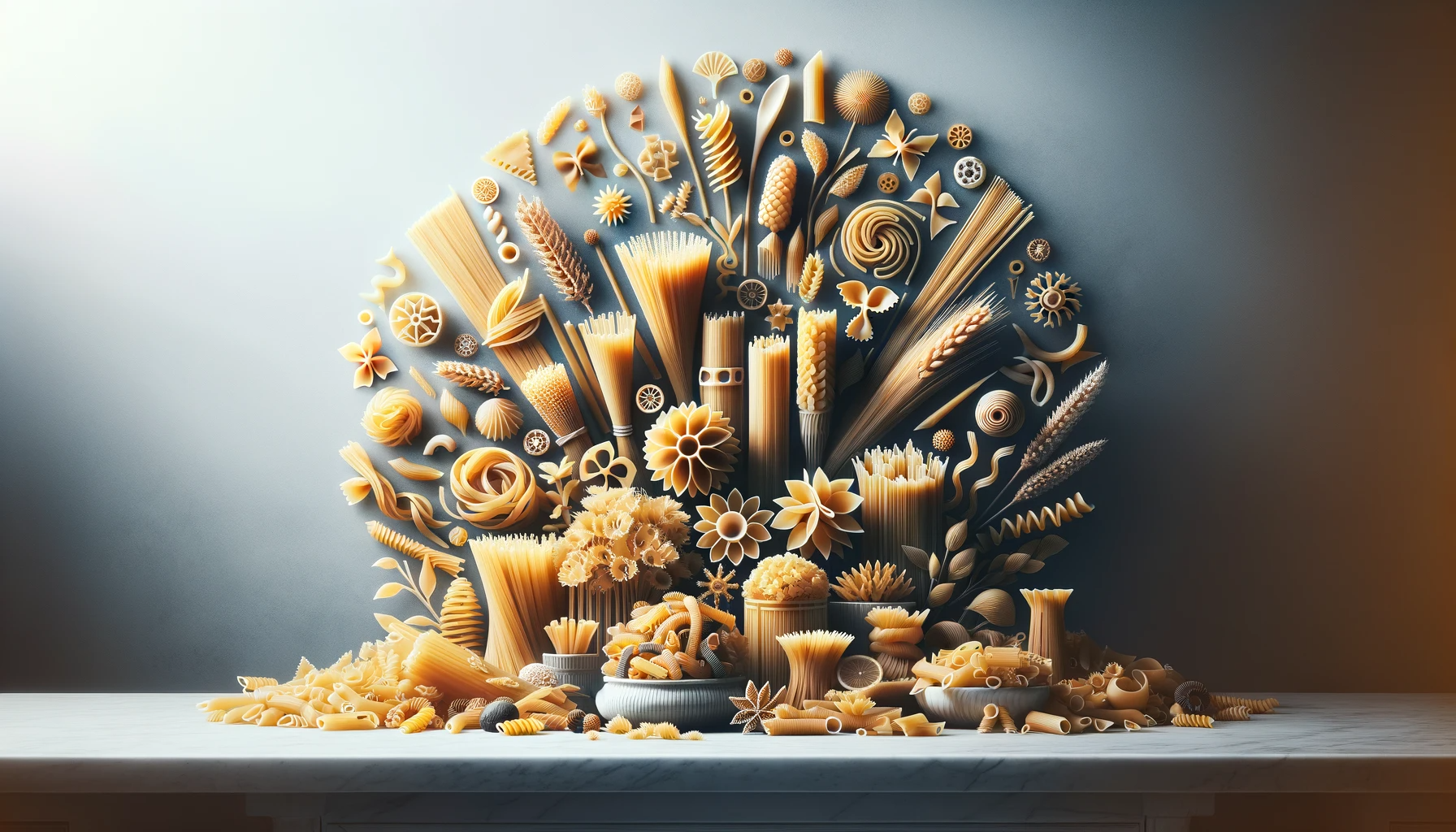When it comes to pasta, we often find ourselves standing in the grocery store aisle, facing the dilemma of choosing between fresh and dried pasta. Both options have their own unique characteristics, and the choice between them can greatly impact the taste and texture of your favorite pasta dishes. In this article, we will delve into the battle of ingredients – Fresh vs. Dried Pasta – to help you make an informed decision for your next pasta meal.
Fresh Pasta: The Artisanal Delight
1. Made from Simple Ingredients
- Fresh pasta is typically made from basic ingredients such as flour, eggs, and sometimes water. These ingredients are mixed to form a soft dough.
2. Superior Texture
- Fresh pasta boasts a silky and tender texture that is hard to replicate with dried pasta. The dough is rolled out and cut into various shapes, resulting in a smooth and delicate mouthfeel.
3. Short Cooking Time
- Fresh pasta cooks quickly, usually within 2-3 minutes. This makes it a great choice for busy weeknight dinners or when you want a quick meal.
4. Artisanal Flavors
- Fresh pasta comes in a variety of flavors, such as spinach, tomato, or squid ink. These unique flavors can elevate your dishes and add a touch of sophistication.
5. Limited Shelf Life
- Fresh pasta has a short shelf life and should be used within a few days or frozen for future use. This freshness contributes to its superior taste and texture.
6. Homemade Charm
- Making fresh pasta from scratch at home can be a rewarding culinary experience. It allows you to customize the ingredients and experiment with different flavors and shapes.
Dried Pasta: The Pantry Staple
1. Longer Shelf Life
- Dried pasta can be stored for months or even years without losing its quality. This makes it a convenient pantry staple for last-minute meal preparations.
2. Versatile Shapes and Sizes
- Dried pasta comes in a wide variety of shapes and sizes, from spaghetti and penne to fusilli and farfalle. This versatility allows you to choose the perfect pasta for your specific recipe.
3. Budget-Friendly
- Dried pasta is often more budget-friendly than its fresh counterpart. It offers a cost-effective option for families and individuals looking to stretch their grocery budget.
4. Al dente Texture
- Dried pasta is known for its “al dente” texture, which means it retains a firm bite even after cooking. This texture is favored by many and is ideal for hearty sauces.
5. Convenient Storage
- Dried pasta doesn’t require refrigeration, making it easy to store in your kitchen pantry for extended periods.
6. Traditional Italian Fare
- Many classic Italian dishes, such as Spaghetti Carbonara and Bolognese, traditionally use dried pasta. The combination of these pasta shapes and sauces has become iconic.
The Verdict: Choosing the Right Pasta
The choice between fresh and dried pasta ultimately depends on your personal preferences and the specific dish you’re preparing. Here are some guidelines to help you decide:
- Fresh Pasta: Opt for fresh pasta when you want to savor the delicate flavors and textures of artisanal pasta. Use it for special occasions or when you have a bit more time to cook.
- Dried Pasta: Choose dried pasta for its convenience, versatility, and budget-friendly nature. It’s a go-to option for everyday cooking and can handle a wide range of sauces.
In the end, both fresh and dried pasta have their place in the culinary world. Experiment with both to discover your own preferences and enjoy the diverse world of pasta dishes. Whether it’s the silky sheets of fresh lasagna or the al dente bite of spaghetti, pasta is a beloved comfort food that never disappoints. So, embrace the battle of ingredients and let your taste buds be the ultimate judge in the Fresh vs. Dried Pasta showdown!
